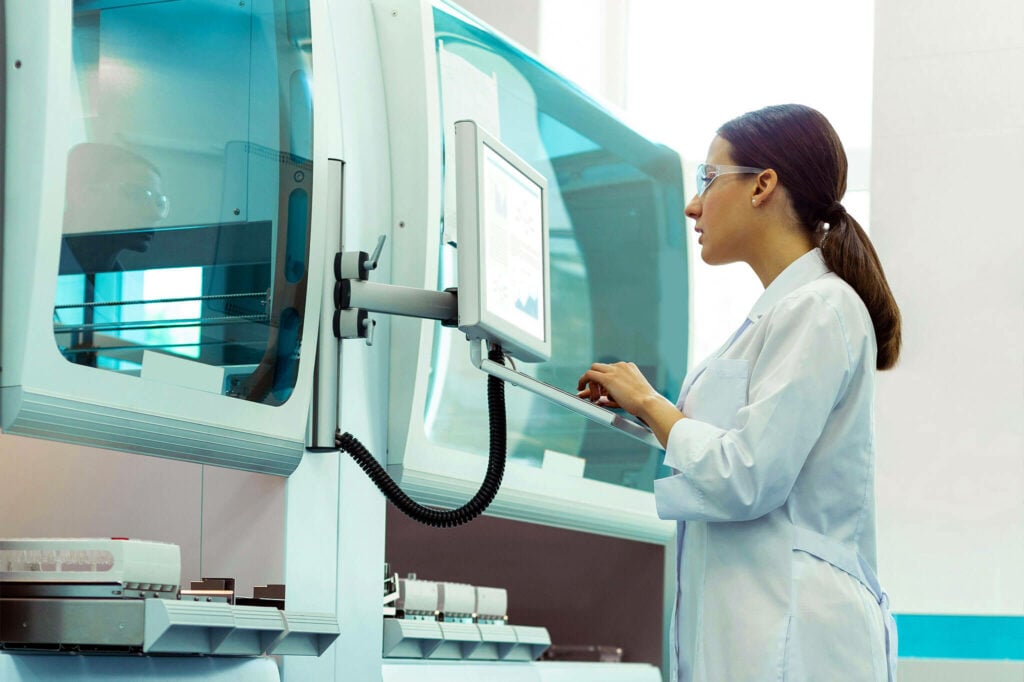When applying for a medical device patent, the application must describe and define what is often called the “inventive concept” of the invention. In addition, the application must describe this inventive concept in the claim(s) and avoid duplicating anything that is in the prior art, and must also distinguish the new invention from the prior art. In accomplishing these tasks, medical device patent applications often describe “real world” applications of the claimed invention including claims of efficacy and safety of the device. Sometimes, in the zeal to obtain a patent, there is a tendency to overstate the real world usefulness of the invention.
With respect to medical devices, overstating efficacy and safety claims should be studiously avoided. Such statements, if not wholly accurate, can create difficulties in the FDA approval process and can create product liability and medical malpractice litigation risks later down the road. If, for example, you state in your patent application that your new medical device is “safer to use” than an existing medical device, if that statement proves to be untrue or only partially true, this disclosure can be used as evidence in a product liability case if you are ever sued because your medical device product harmed someone.
The problem is not as large as one might imagine since, in product liability and medical malpractice cases, there is likely better evidence to support the plaintiff’s injury claim than what is contained in a patent application. Regardless, careful attention should be paid during drafting of your medical device patent application. Below are some tips for including efficacy and safety statements in a medical device patent application.
Medical Device Patent Applications: Examine the Wording Closely
We here at The Rapacke Law Group understand that efficacy and safety statements are important to your invention and that you most likely want to include such statements in your patent applications. A patent applicant must be able to state why the invention is novel and new and how it is usable in the real world. When making efficacy and safety statements in a patent application, it is critically important to exercise immense care when drafting such statements. If the basis for the claim is research, then the best practice is to track the language from the research. In other words, what did the doctors and scientists say? Using those words helps alleviate any potential liability issues. Overstating any claim to safety or efficacy must be avoided.
That is not to say that comparisons cannot be drawn between your invention and the prior art. It is common in medical device patent applications to highlight the shortcomings of the existing medical devices in the background section of a patent application, and then to discuss how the present medical device invention aims to overcome those deficiencies. However, comparisons must be based on facts. Not only must the patent application avoid overstating efficacy and safety claims for the new medical device, the application must also avoid false claims about existing technology and devices.
If you discover a statement made in the patent application is false, then it is important to correct the mistake as soon as possible. Acting quickly to correct a mistake concerning false statements tends to show that you lacked deceptive intent when making the statement. Correcting or removing a false statement quickly after learning that it is false is a sign of good faith.
Let Us Help You Draft Your Medical Device Patent Application
The Rapacke Law Group has worked with numerous medical device clients to prepare patent applications and we can help to make sure that your application makes safety and efficacy statements in a cautious and accurate way. Call us at 954-951-0154 to schedule a free initial consultation or you can fill out this online contact form.





